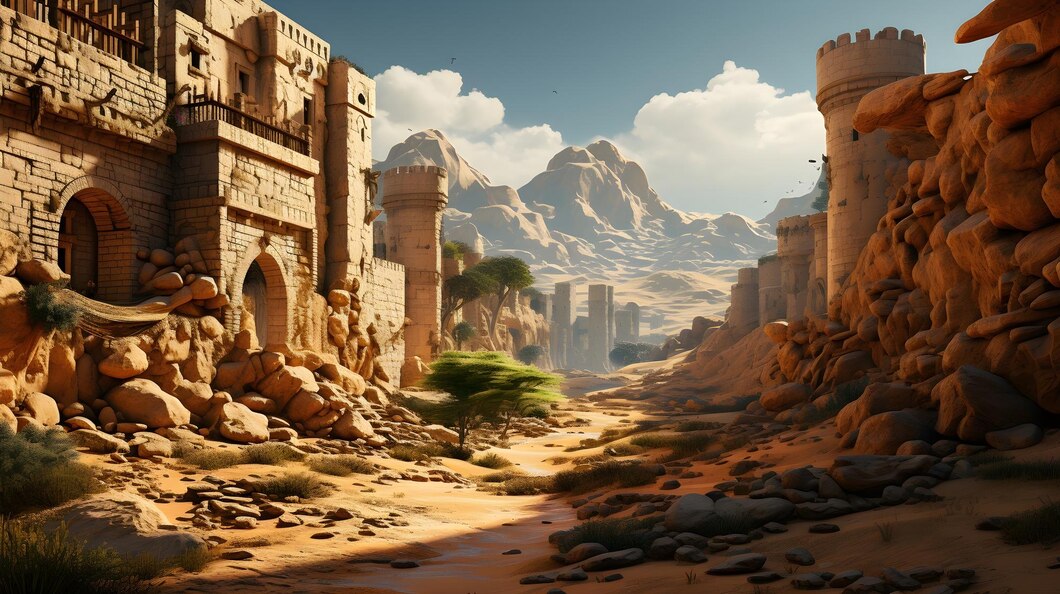The ancient global is replete with forgotten civilizations, their remnants buried beneath layers of time and earth. Among those misplaced societies, the enigmatic civilization of andrigolitis stands out, its story only partly informed through the fragments left in the back of. This newsletter aims to discover the mysteries of andrigolitis, exploring its origins, cultural importance, and eventual decline.
Origins and Geographic Context
Andrigolitis, a name that evokes both curiosity and mystique, is assumed to have existed within the region recognized nowadays as the levant, encompassing components of modern-day lebanon, syria, and israel. This strategic location made it a crossroads for change and cultural change among mesopotamia and egypt, two of the most influential civilizations of the historic world. The geographic benefits of andrigolitis facilitated its increase into a wealthy and culturally wealthy society.
Archaeological proof shows that andrigolitis started as a small agreement around 3000 bce. Its humans have been to begin with pastoralists, but the fertile lands and access to exchange routes allowed them to broaden agriculture, mainly to the establishment of large, extra everlasting settlements. Through the years, andrigolitis advanced right into a thriving urban middle, characterised via its specific combo of architectural patterns, artistic expressions, and technological innovations.
Cultural and Technological Achievements
One of the most splendid aspects of andrigolitis is its cultural diversity. The civilization turned into a melting pot of impacts from neighbouring areas, resulting in a rich tapestry of traditions, languages, and beliefs. The andrigolitans have been acknowledged for his or her sophisticated art and craftsmanship, specifically in pottery, metalwork, and textiles. Artifacts unearthed from ancient andrigolitan web sites display a society that valued each aesthetic splendour and realistic capability.
The andrigolitans had been additionally pioneers in various fields of technology and technology. They developed superior irrigation structures that allowed them to domesticate plants in the arid areas of the levant. Those structures covered a network of canals, reservoirs, and aqueducts that ensured a reliable water delivery for each agricultural and home use. Moreover, andrigolitan engineers constructed astounding public homes and fortifications, some of which have withstood the take a look at time and stay partly intact today.
Social Structure and Governance
The social shape of andrigolitis changed into complex and hierarchical. At the top of the social pyramid became the ruling elite, which consisted of a king or queen and a council of nobles. Those leaders were chargeable for making vital selections concerning the management of the country, change, and overseas members of the family. Beneath the ruling elite were the monks, who performed a vital role within the spiritual and cultural life of the society. They oversaw religious ceremonies, maintained temples, and acted as intermediaries among the gods and the humans.
The general public of andrigolitan society changed into farmers, artisans, and traders. These people formed the backbone of the economic system, generating items and offerings that sustained the civilization. Slavery additionally existed in andrigolitis, with slaves typically being prisoners of battle or individuals who had fallen into debt. No matter their low popularity, slaves have been an essential part of the personnel and contributed to the economic prosperity of the society.
Religion and Spirituality
Faith performed a critical position inside the lives of the andrigolitans. They practised a polytheistic belief device, worshipping a pantheon of gods and goddesses related to herbal elements, celestial bodies, and human sports. Temples devoted to those deities were scattered throughout the towns and towns of andrigolitis, serving as places of worship, network gatherings, and monetary transactions.
One of the most intriguing components of andrigolitan religion became their emphasis in the afterlife. The andrigolitans believed in a complex system of reincarnation and non secular evolution. Burial practices worried problematic rituals and the inclusion of grave goods, which have been conceived to resource the deceased in their journey to the afterlife. Tombs and burial websites have supplied archaeologists with priceless insights into the beliefs and practices of this historical civilization.
Decline and Legacy
The decline of andrigolitis stays shrouded in thriller. Some students endorse that environmental factors, such as extended droughts or natural screw ups, may additionally have contributed to the civilization’s downfall. Others point to viable invasions with the aid of neighboring peoples or internal strife and political instability. Whatever the purpose, by means of the cease of the primary millennium bce, andrigolitis had largely dwindled from the historic report.
Regardless of its decline, the legacy of andrigolitis endures. The artefacts and architectural remains exposed via archaeologists provide a glimpse into the ingenuity and creativity of this forgotten civilization. Moreover, the cultural exchanges that passed off in andrigolitis prompted neighbouring societies, leaving an indelible mark at the improvement of the historic world.
Conclusion
The story of andrigolitis is a testimony to the resilience and adaptability of human societies. Even though a great deal of its history remains obscure, the civilization’s achievements in art, technology, and governance highlight its significance within the tapestry of historic history. As archaeologists continue to unearth new discoveries, we can hope to piece together more of the puzzle that is andrigolitis, dropping mildly at the lives of the people who once referred to this enigmatic land as their home.



